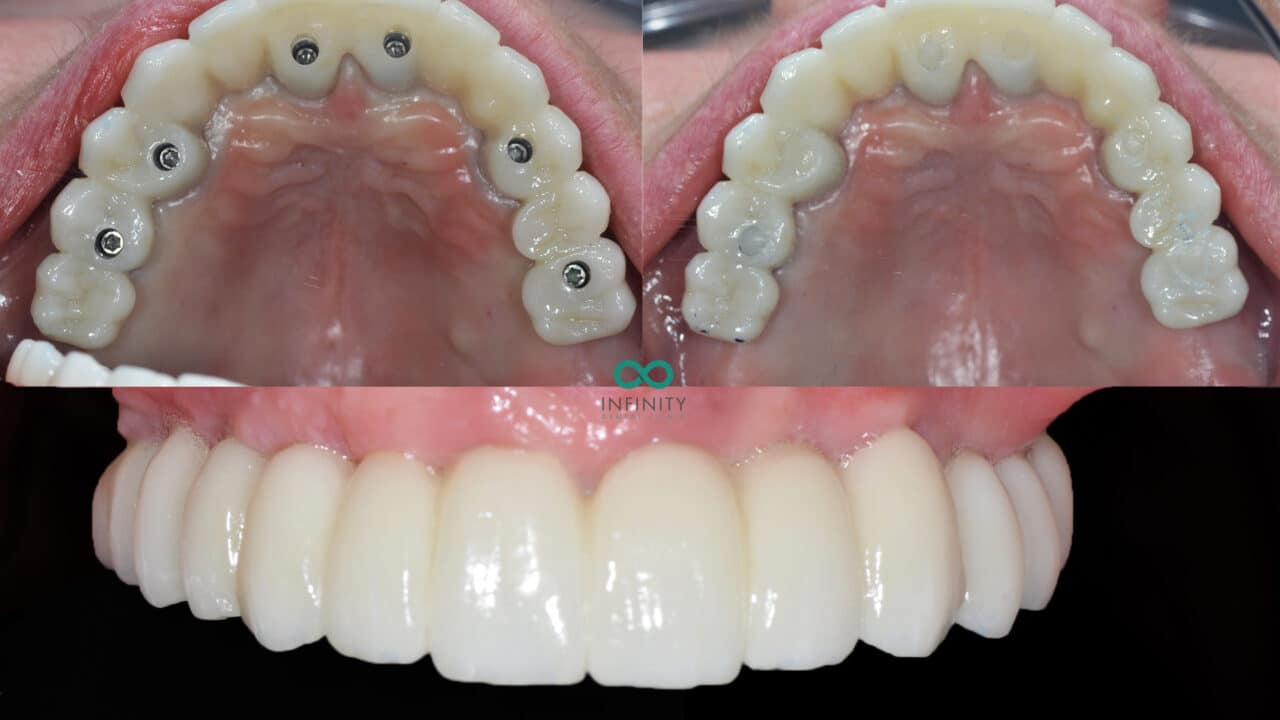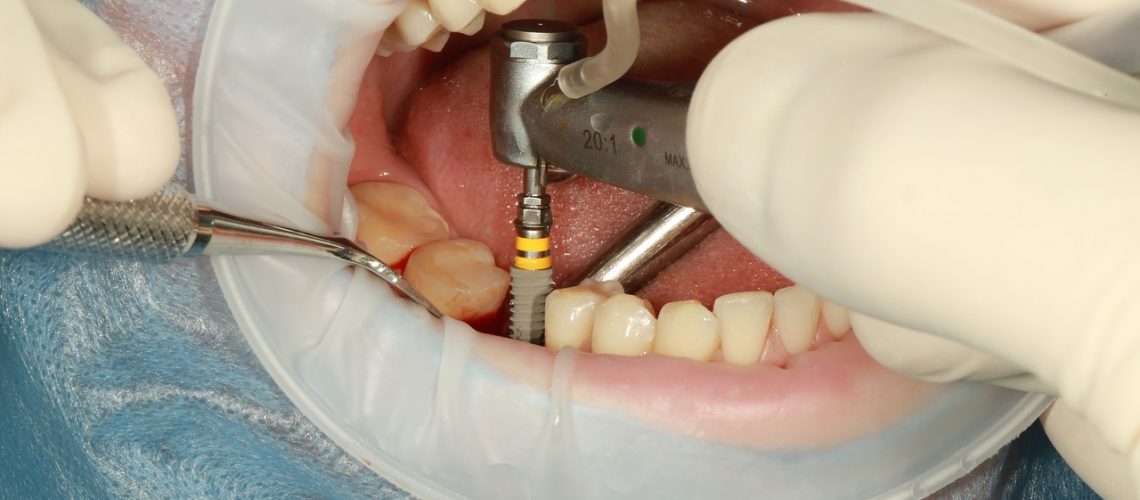Dental Sense for Beginners
Dental Sense for Beginners
Blog Article
Dental Sense Things To Know Before You Buy
Table of ContentsDental Sense Fundamentals ExplainedThe Definitive Guide to Dental SenseWhat Does Dental Sense Mean?The Facts About Dental Sense Revealed
are medical tools operatively implanted into the jaw to bring back a person's ability to chew or their look. They supply assistance for man-made (fake) teeth, such as crowns, bridges, or dentures. When a tooth is shed due to injury or disease, a person can experience problems such as rapid bone loss, defective speech, or adjustments to chewing patterns that cause pain.Dental implant systems include an oral implant body and oral implant abutment and might also include an abutment addiction screw. Wisdom tooth cavity. The dental implant body is surgically placed in the jawbone in place of the tooth's root. The dental implant joint is typically affixed to the implant body by the joint addiction screw and prolongs through periodontals right into the mouth to support the affixed synthetic teeth
(https://www.mixcloud.com/dentalsense1/)Structure of The Oral Implant System selecting oral implants, speak to your oral service provider about the prospective benefits and risks, and whether you are a prospect for the procedure. Things to consider: Your total health and wellness is a crucial consider establishing whether you are a good prospect for dental implants, the length of time it will certainly require to heal, and for how long the implant might remain in location.
Smoking might impact the healing procedure and decrease the lasting success of the implant. The recovery process for the dental implant body might take several months or longer, during which time you usually have a temporary abutment in area of the tooth. the dental implant treatment: Very carefully follow the oral hygiene directions provided to you by your oral supplier.
Indicators on Dental Sense You Need To Know
Implant failure can cause the demand for an additional surgery to deal with or change the dental implant system. Brings back the capacity to chew Restores cosmetic appearance Assists maintain the jawbone from shrinking as a result of bone loss Maintains the health and wellness of the surrounding bone and periodontals Aids maintain adjacent (nearby) teeth stable Enhances lifestyle Damages to surrounding natural teeth during dental implant positioning Injury to the surrounding tissues during surgical treatment, such as sinus opening Injury throughout surgical treatment (for example, fracture of bordering jawbone) Poor function, such as really feeling like the teeth do not bite together normally A sensation that the tooth is loose or turning in area arising from a joint screw loosening Implant body failure (looseness of the implant body) because of systemic infection, which might be most likely in clients with uncontrolled diabetes mellitus as a result of local infection in bone and gum tissues supporting the dental implant body due to delayed healing, which might be more probable in individuals who smoke Trouble cleaning up the periodontals around the implant, Your Domain Name resulting in inadequate oral hygiene Untreated periodontal illness Post-surgical numbness because of nerve impingement or damage Constantly inform healthcare providers and imaging technicians that you have oral implants before any magnetic vibration imaging (MRI) or x-ray treatments.
FDA is not knowledgeable about any unfavorable occasions reported for MRI or x-ray procedures with dental implants. Dental implants systems are typically constructed from products that adhere to global agreement requirements of the International Company for Standardization (ISO) or ASTM International. These standards have details of what makes a secure material.

An oral implant is a framework that replaces a missing tooth. With screw-like devices, the specialist inserts a dental implant right into the jawbone, and it functions as a support for a man-made tooth, called a crown. A tool called a joint connects the synthetic tooth to the oral implant. The crown is custom-made to fit the person's mouth and match the color of their teeth.
A Biased View of Dental Sense
Some individuals are not eligible for dental implant surgical procedure. It is for oral cosmetic surgeons to run on people with: severe illnessuncontrollable metabolic diseasebone or soft cells disease or infectionIf these issues are resolved, an individual can have the surgical procedure. In, dental specialists abstain from operating on people with: If individuals with any one of the above undergo dental implant surgical treatment, there is a higher danger of the implant stopping working.

Dental dental implant surgery is a tailored process. It's not the exact same for everyone. The complying with offers a general overview of what you can expect your dental professional, dental cosmetic surgeon, periodontist or prosthodontist to do: Place the implant operatively. Offer you time to recover. Affix the article and last crown, bridge or denture.
Next off, your specialist will very carefully put the oral implant into your jaw. If your implant is near the front of your mouth, your dental expert will make a temporary tooth for you to use up until you recover.
The smart Trick of Dental Sense That Nobody is Discussing
Your copyright can inform you what to anticipate in your situation. During the recovery stage, your jawbone must fuse to the dental implant. This process, called osseointegration, is crucial for stability and lasting success. This procedure can take anywhere from three to 9 months. In some situations, it might take much longer.
Once your implant heals, your dentist can affix the abutment (tiny adapter article) and your last repair (crown, bridge or denture). This normally takes regarding one hour to complete and may call for a second small surgical treatment. You shouldn't feel any discomfort during your dental implant treatment due to the fact that your copyright will utilize drug to numb your periodontals.
Report this page